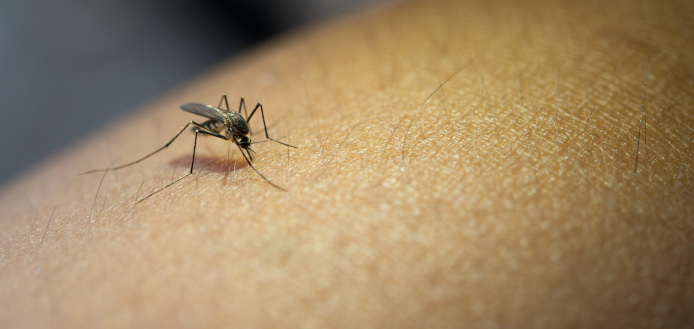
The Cascade County Weed & Mosquito Division has detected its first West Nile Virus (WNV) positive mosquito sample of 2025. A WNV positive sample of adult Culex tarsalis mosquitos was collected 2 ½ miles South West of the town of Vaughn on July 22nd, 2025. The samples were confirmed positive by the lab at the Montana Department of Public Health and Human Services (DPHHS) in Helena on July 25th, 2025. Treatment was conducted in the area where the WNV sample was collected, and ongoing surveillance and monitoring efforts will continue.
There have been no known human infections of WNV detected in Cascade County in 2025. However, residents are strongly encouraged to take steps to protect themselves.
The single best defense against WNV is bite prevention. To protect yourself, use the 5 Ds:
DEET – Apply repellent containing an EPA-registered active ingredient, such as DEET, and follow the directions on the package.
DUSK and DAWN – This is when mosquitoes are most active. Try to avoid outdoor activities during these times.
DRAIN STANDING WATER – Standing water is the perfect breeding ground for mosquitoes. Drain such areas around your home (gutters, pools, tires, buckets, water bowls, etc.).
DRESS APPROPRIATELY – Wear long-sleeved shirts, long pants, and socks.
The severity and symptoms of WNV can vary widely. Approximately 80% of persons infected experience no symptoms, but up to 20% of infected persons can develop a mild illness called West Nile fever. Fever generally resolves itself without treatment, but dangerous brain infections such as encephalitis or meningitis can develop in 1 out of 150 people. Symptoms usually appear 3-14 days after exposure and may include headache, rash, high fever, stiff neck, mental confusion, muscle weakness, tremors, convulsions, coma, and paralysis. Individuals who develop any of these symptoms should see their healthcare provider immediately.



